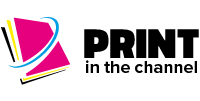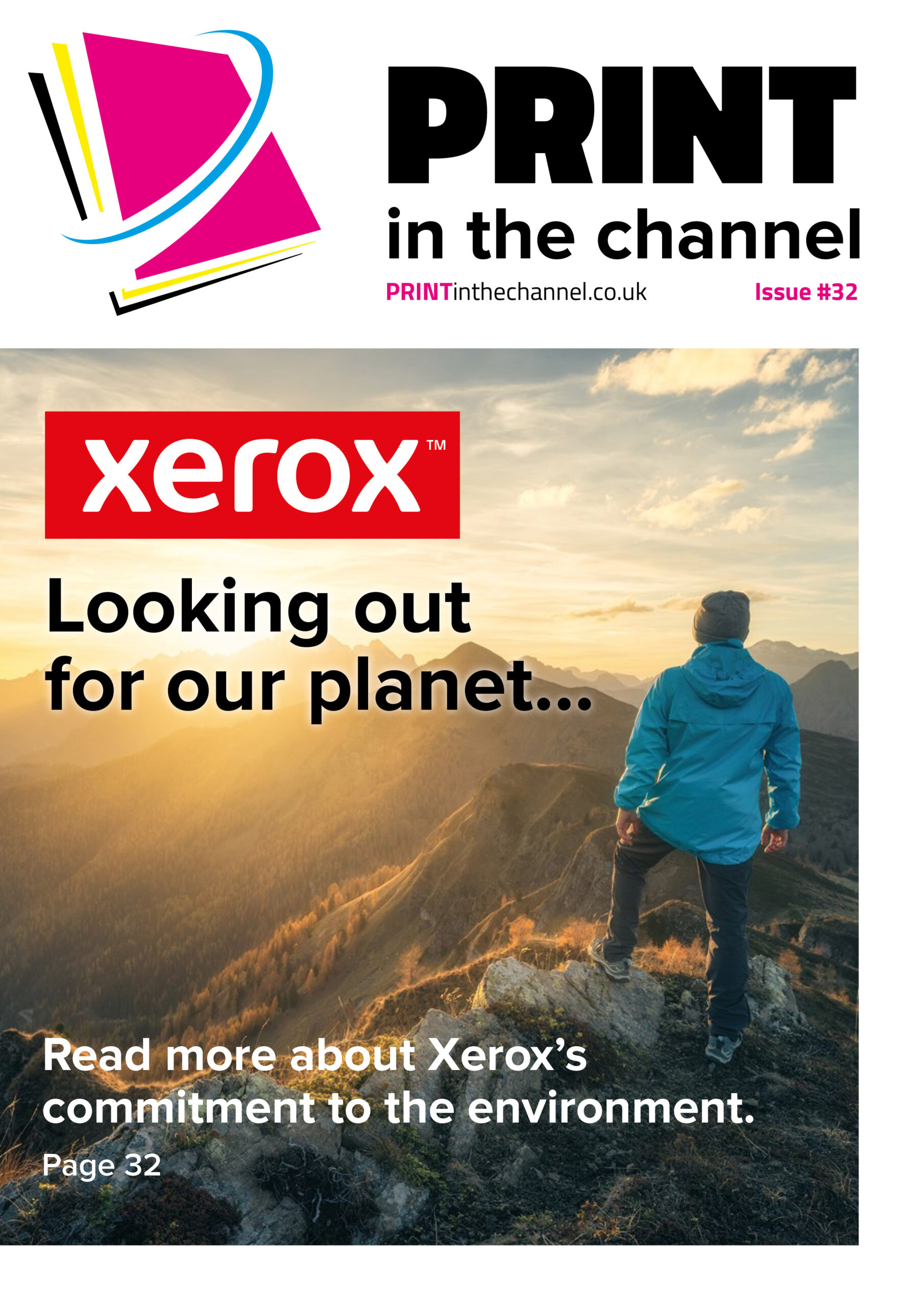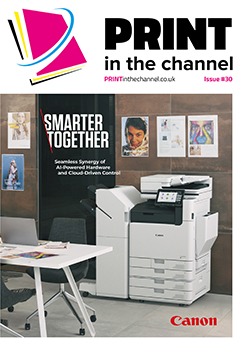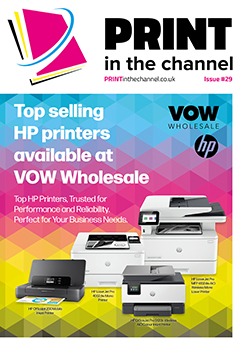Reducing paper usage to improve sustainability
Improving sustainability is important for many companies and reducing paper consumption is something many look at to achieve this and there are some solutions businesses can implement easily, as Jay Kim, managing director of BIXOLON Europe GmbH, explains.
IT teams are under ever greater pressure to improve their sustainability credentials as many companies increase their commitment to environmental social and governance (ESG) strategies and reduce their use of resources and output of carbon dioxide. The reduction of paper consumption is a core goal for many but, in many industries, it is impossible to eradicate paper, for both practical and regulatory reasons.
From retail to hospitality, printed receipts, price tags and delivery notes are still essential for their day-to-day operations – so what is the most environmentally friendly approach to printing?
Below are some of the more popular solutions to this problem that can be easily implemented by IT teams in a wide variety of industries.
Blue paper
Businesses globally are continually exploring technological innovations to reduce carbon emissions and meet corporate and regulatory goals for improved sustainability. Indeed, the global green technology and sustainability market is forecast to grow from $35.5 billion in 2021 to $417.35 billion in 2030. The use of paper is a key area of innovation, with many companies looking at ways of reducing print to cut consumption of paper and power.
However, it is simply not possible to eradicate all usage of paper. In store, for example, retailers must offer customers a receipt and for any high-volume retailer, it is still too complex and time consuming to capture customer email information at the point of sale without damaging the customer experience. Indeed, many customers do not want to share email addresses or phone numbers, making it essential to provide a paper receipt. Attention has turned, therefore, to the paper itself, leading to the creation of environmentally friendly paper products.
Unlike the traditional paper used to generate till receipts, this innovative paper is blue – with Koehler’s environmentally friendly Blue4est® thermal paper being a prime example. Using a mechanical rather than chemical reaction to create the print, this paper is not only recyclable but also certified to be used directly with food products, providing an additional benefit to the hospitality industry and retailers selling loose foods.
Flexible printing
Shifting to blue receipts shows customers that the business is meeting demands for more environmentally conscious products and services and is committed to sustainability. The challenge for the printer industry is that this mechanical process is very different to traditional chemical printing and therefore requires a new approach. The paper takes longer to react, for example, which means the print process has to be slowed, while the print density needs to be increased to optimise the output.
Companies will not use blue paper for all uses. Within logistics for example, barcodes can become illegible due to scratches on the surface. However, with intelligent printers that use optical sensors to automatically recognise which paper type is being used, a company can move seamlessly between the two paper types as required without manual intervention. The printer will detect the paper and change all settings automatically to optimise the output.
Minimise consumption
In addition to embracing environmentally friendly paper, retailers can explore intelligent printers that include paper saving options. For example, reducing the space between the lines and making the print smaller can cut the amount of paper used. Companies can also explore a range of pressure sensitive, linerless labels that use a silicon topcoat to ensure labels release easily.
Eradicating the backing, which typically ends up as landfill waste, is an immediate win. Furthermore, because linerless labels are much thinner due to the lack of backing, each roll provides about 40% more paper length compared to traditional label paper, extending its usage and reducing the carbon emissions associated with both shipping and storage.
Linerless labels are also far more flexible because they can be cut to variable lengths, unlike traditional pre-cut labels with a fixed label length. Essentially, the printer cuts the label to the length required based on the amount of print – so a label for a coffee cup, for example, will be smaller than one for complex, multi-item food delivery order. The result is optimised use of label rolls, with minimal waste.
Conclusion
Paper consumption is a key consideration for any ESG strategy and the use of intelligent printers to minimise usage provides an immediate win for any retailer or hospitality provider. The ability to move seamlessly between traditional and new environmentally friendly blue paper is an important next step as it allows a company to embrace a sustainable print solution and, with customers increasingly intrigued by the blue receipts, to reinforce its environmental credentials.










